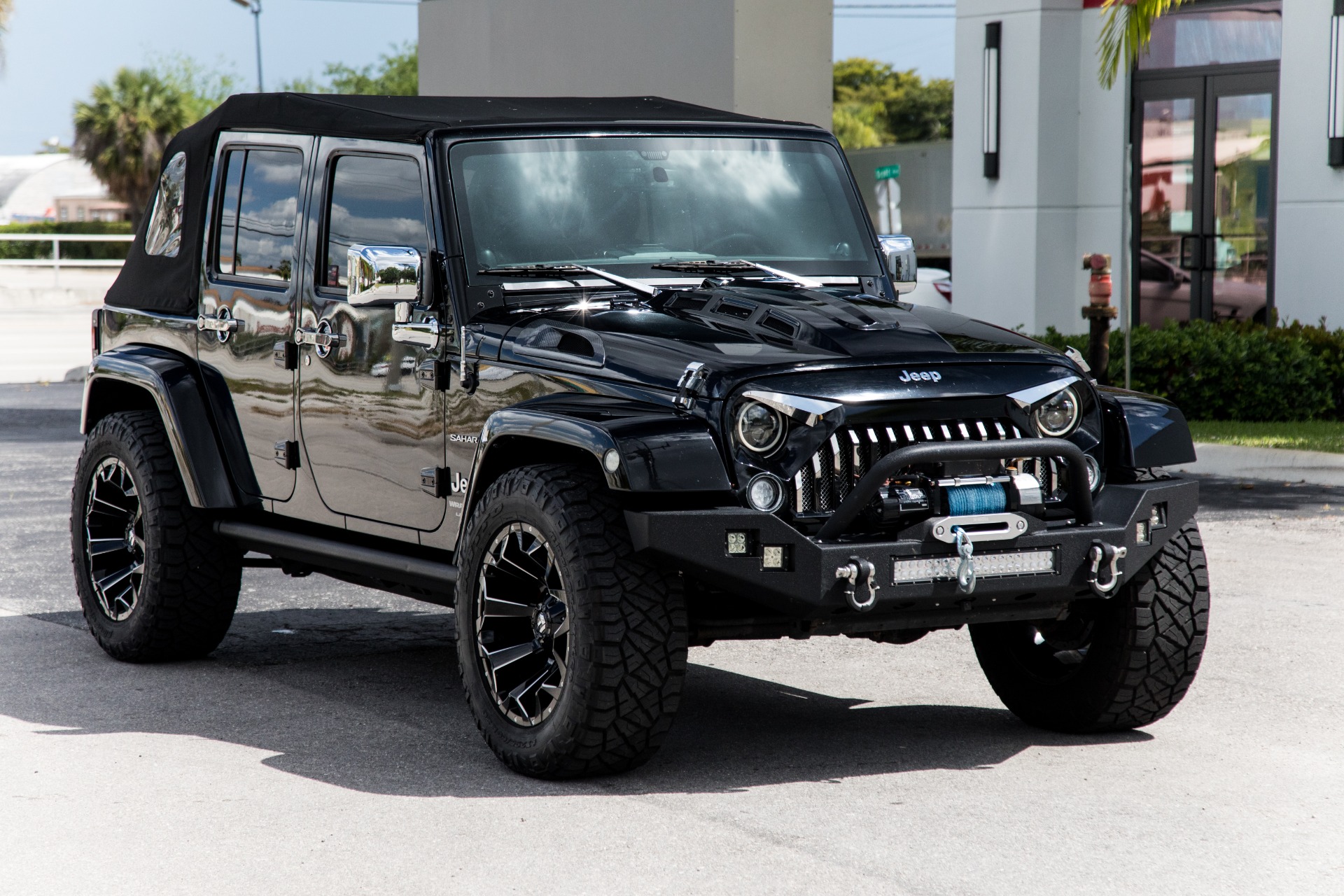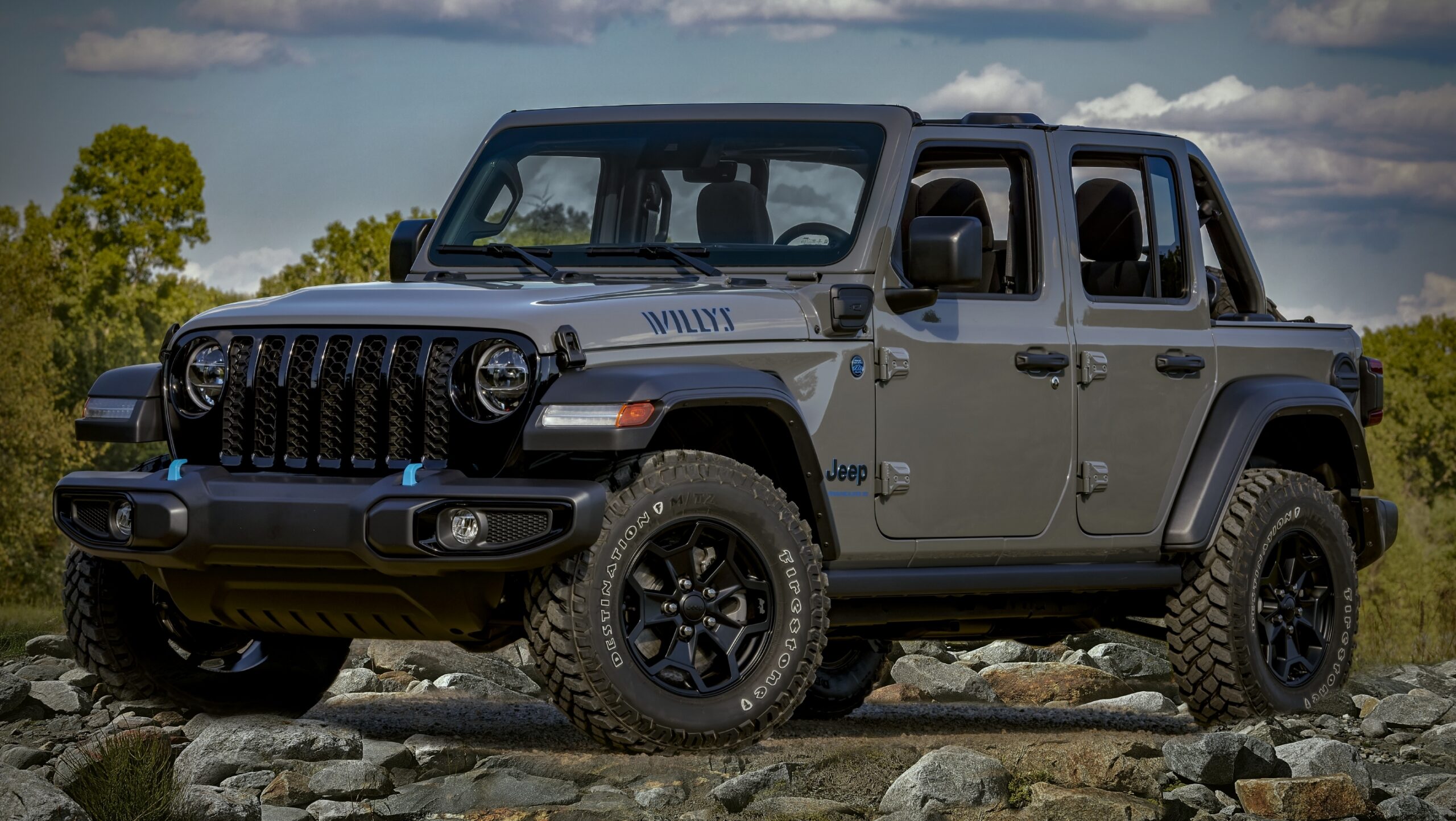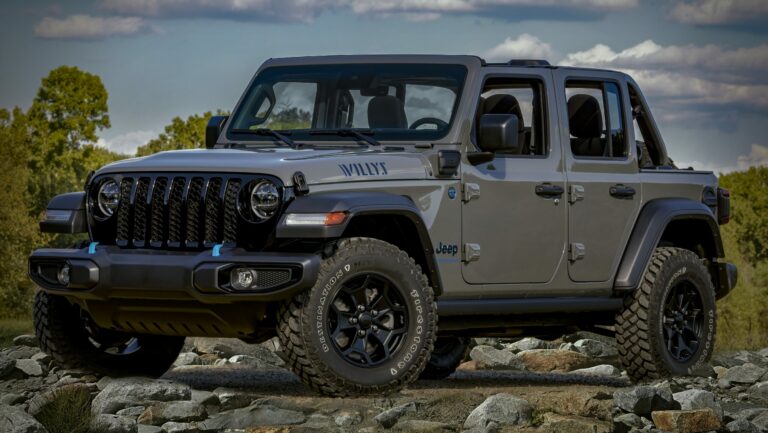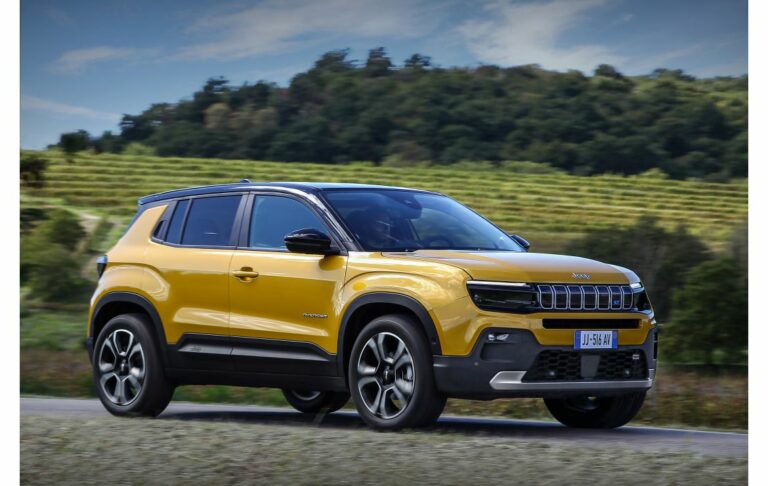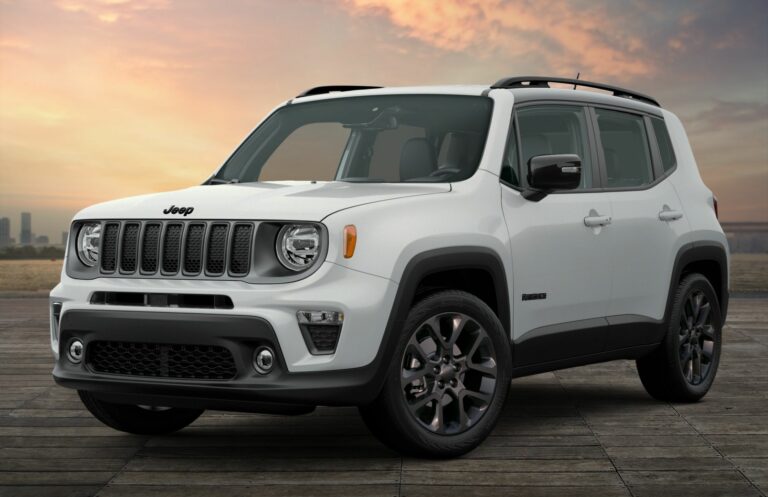Wrangler Jeep Horsepower: Understanding the Power Behind the Legend
Wrangler Jeep Horsepower: Understanding the Power Behind the Legend jeeps.truckstrend.com
The Jeep Wrangler is more than just a vehicle; it’s an icon, a symbol of freedom, adventure, and unparalleled off-road capability. When discussing its performance, one term frequently surfaces: Horsepower (HP). While often simplified to a single number, understanding "Wrangler Jeep HP" encompasses the diverse range of engines, their output, and how that power translates into the legendary performance we’ve come to expect from this venerable SUV.
In this comprehensive guide, we will delve deep into the world of Wrangler horsepower, exploring what it means for your driving experience, how it has evolved, and what considerations you should make when choosing a Wrangler based on its power output. From conquering rugged trails to cruising highways, the horsepower under the hood is a fundamental aspect of the Wrangler’s identity and capability.
Wrangler Jeep Horsepower: Understanding the Power Behind the Legend
The Heart of the Beast: Understanding Horsepower in Wranglers
At its core, horsepower is a unit of measurement for an engine’s power output. Historically, it was defined by James Watt in the late 18th century as the power required to lift 33,000 pounds one foot in one minute. In modern automotive terms, it dictates how quickly a vehicle can accelerate and how much speed it can ultimately achieve.
For a vehicle like the Jeep Wrangler, horsepower is not merely a number for bragging rights; it’s a critical component of its utility and performance:
- Off-Road Prowess: While torque (the twisting force that gets you moving, especially at low RPMs) is often considered king for rock crawling and technical off-roading, sufficient horsepower is essential for maintaining momentum through mud, sand, or steep inclines. It helps power through obstacles where sheer torque might bog down.
- On-Road Dynamics: For daily driving, horsepower contributes directly to acceleration, merging onto highways, and confident passing maneuvers. A more powerful engine makes the Wrangler feel less strained, especially at higher speeds or when fully loaded.
- Towing and Hauling: Higher horsepower, often coupled with ample torque, increases a Wrangler’s towing capacity, allowing it to comfortably pull trailers, boats, or other recreational gear.
![]()
It’s important to remember that while horsepower measures the rate at which work can be done, torque measures the ability to do that work. A balanced relationship between HP and torque is what truly defines a well-performing engine, particularly in a versatile vehicle like the Wrangler.
Evolution of Wrangler Engines and Their Horsepower
The Jeep Wrangler has undergone numerous transformations throughout its generations, and with each evolution, its engine options and their respective horsepower figures have advanced significantly.
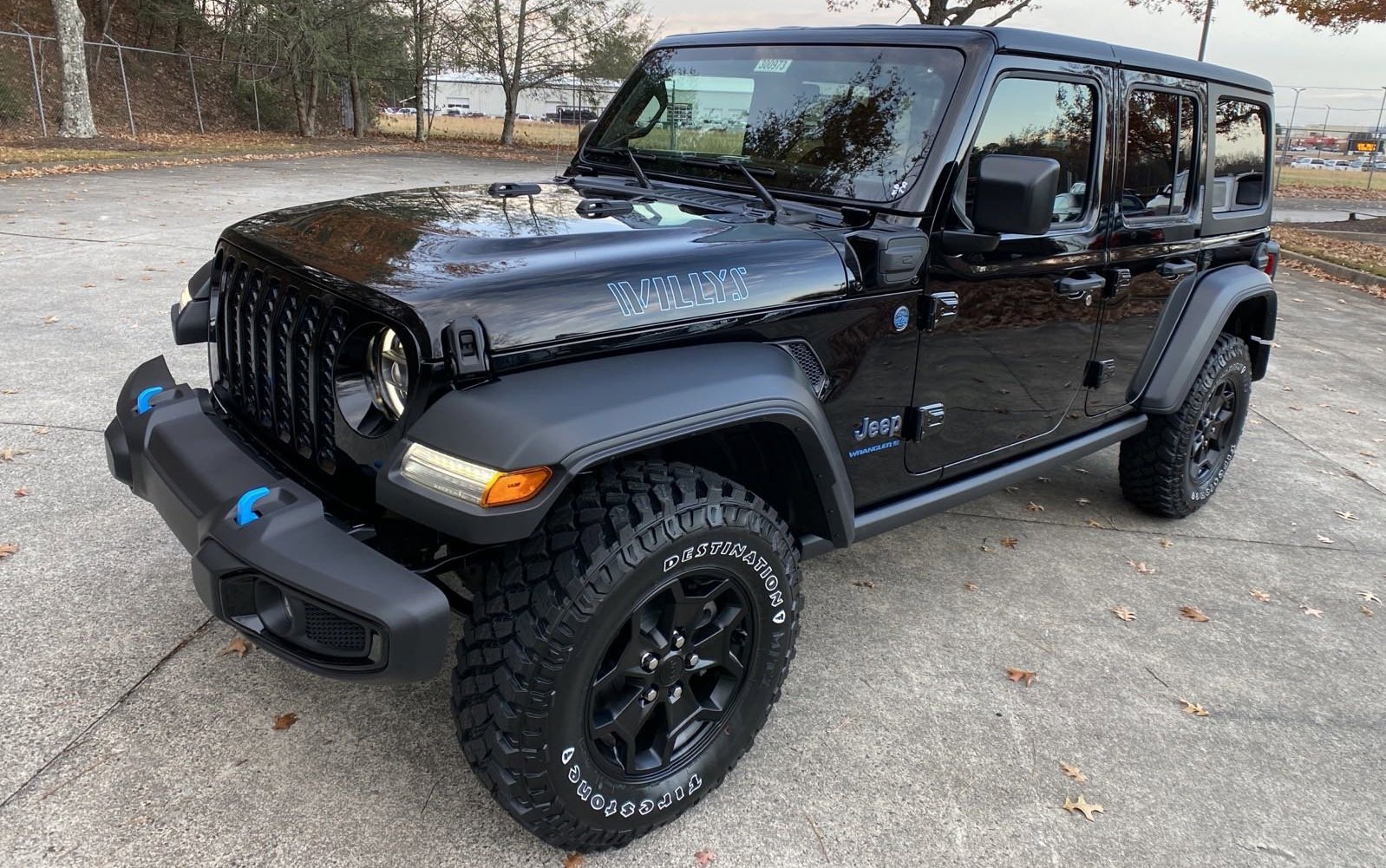
- YJ (1987-1995) & TJ (1997-2006) Generations: These classic Wranglers primarily featured the venerable 4.0L AMC Straight-Six engine. Renowned for its legendary durability and torque, it typically produced around 180 HP. Smaller 2.5L four-cylinder options were also available, offering around 120 HP, often chosen for their simplicity and slightly better fuel economy, though less powerful.
- JK Generation (2007-2018):
- Initially, the JK introduced the 3.8L EGH V6 engine, which produced 202 HP. While an improvement over the 4.0L, it often felt underpowered for the JK’s increased weight.
- A significant upgrade arrived in 2012 with the introduction of the 3.6L Pentastar V6. This modern engine revolutionized the JK’s performance, boasting 285 HP and significantly improved fuel efficiency. It quickly became the benchmark for Wrangler power.

- JL Generation (2018-Present): The current JL Wrangler offers the most diverse and powerful engine lineup in its history, catering to a wide range of needs:
- 3.6L Pentastar V6: Still the standard and most popular choice, delivering 285 HP and 260 lb-ft of torque. It’s a proven, reliable workhorse.
- 2.0L Turbo I4 (with eTorque): This turbocharged four-cylinder engine, often paired with Jeep’s mild-hybrid eTorque system, offers 270 HP and a robust 295 lb-ft of torque. Its power delivery is quicker and lower in the RPM range than the V6, making it feel very responsive.
- 3.0L EcoDiesel V6 (discontinued for 2023+): While no longer in production for new orders, this engine offered 260 HP and an impressive 442 lb-ft of torque, making it ideal for towing and long-distance cruising with excellent fuel economy.
- 6.4L HEMI V8 (Rubicon 392): The ultimate factory-Wrangler powerhouse, exclusive to the Rubicon 392 model, unleashes a staggering 470 HP and 470 lb-ft of torque. This engine transforms the Wrangler into a high-performance muscle machine, capable of 0-60 mph in 4.5 seconds.
- 4xe Plug-in Hybrid: This innovative powertrain combines a 2.0L Turbo I4 with two electric motors, delivering a combined system output of 375 HP and 470 lb-ft of torque. It offers a blend of electric-only driving range, impressive off-road performance, and efficient daily commuting.
How Horsepower Impacts Your Wrangler Experience
The horsepower figure isn’t just a number; it directly influences how your Wrangler performs in various scenarios:
- Off-Road Performance: For high-speed desert running or sand dunes, higher horsepower helps maintain momentum. For rock crawling, while torque is critical, sufficient horsepower allows the engine to recover quickly and deliver power smoothly over challenging obstacles without bogging down. The 4xe’s instant electric torque and high combined HP are particularly advantageous here.
- On-Road Driving: More horsepower means quicker acceleration, making highway merges safer and more confident. It reduces the effort required for passing other vehicles and provides a more relaxed cruising experience, especially with the vehicle fully loaded or encountering headwinds.
- Towing Capacity: Engines with higher horsepower and robust torque curves can pull heavier loads more efficiently and safely. For instance, the Pentastar V6 allows for up to 3,500 lbs of towing, while the EcoDiesel offered 3,500 lbs with less effort, and the Rubicon 392 also offers 3,500 lbs with significant power reserves.
- Fuel Efficiency: Often, there’s a trade-off: higher horsepower can sometimes mean lower fuel economy. However, modern engine designs, like the 2.0L Turbo with eTorque and the 4xe hybrid system, demonstrate that advanced technology can deliver impressive power without a significant penalty to efficiency, and in the case of the 4xe, offers excellent electric-only range.
Choosing the Right Horsepower for Your Needs
Selecting the ideal Wrangler engine and its corresponding horsepower involves understanding your primary use case:
- Daily Driver & Mild Adventurer: The 3.6L Pentastar V6 or the 2.0L Turbo I4 are excellent choices. Both offer more than enough power for daily commuting, highway travel, and weekend off-roading. The 2.0L feels snappier due to its low-end torque, while the V6 is a tried-and-true workhorse.
- Eco-Conscious & Urban Explorer: The 4xe Plug-in Hybrid is perfect. Its 375 combined HP provides exhilarating performance, and the ability to drive on electric power for daily commutes significantly reduces fuel consumption and emissions. It’s also remarkably capable off-road.
- Serious Off-Roader & Overlander: The 3.6L V6 or 2.0L Turbo I4 remain strong contenders. For those who want more grunt for specific scenarios like deep mud or sustained climbs, the power delivery of the 2.0L can be beneficial. The EcoDiesel (if buying used) was also a strong choice for its incredible torque and range.
- Performance Enthusiast & Thrill-Seeker: There’s only one answer: the Rubicon 392 with its 470 HP HEMI V8. This is for those who want the ultimate blend of raw power, acceleration, and off-road prowess, regardless of fuel economy.
- Towing Needs: While Wranglers aren’t dedicated heavy haulers, the 3.6L V6, 2.0L Turbo I4, and the 4xe all offer a 3,500-lb towing capacity. The 2.0L and 4xe’s higher torque figures can make towing feel more effortless.
Practical Advice: Test drive different engine options if possible. Pay attention not just to the peak horsepower number but how the power is delivered across the RPM range, as this significantly impacts the driving feel both on and off-road.
Boosting Your Wrangler’s Horsepower: Modifications and Considerations
For some Wrangler owners, the factory horsepower just isn’t enough. The aftermarket offers numerous ways to increase your Wrangler’s power, but these modifications come with important considerations.
- Basic Performance Upgrades:
- Cold Air Intakes (CAI): Improve airflow to the engine, potentially adding a few horsepower and improving throttle response.
- Cat-Back Exhaust Systems: Reduce back pressure, allowing the engine to breathe easier, which can yield small HP gains and a more aggressive exhaust note.
- Engine Tuners/ECU Remapping: These devices or software flashes optimize engine parameters (fueling, ignition timing, boost pressure for turbos) to unlock more power. This can be one of the most effective bolt-on modifications.
- Advanced Power Adders:
- Superchargers: Force more air into the engine, resulting in significant horsepower and torque gains. They offer linear power delivery.
- Turbochargers: Similar to superchargers in forcing air, but use exhaust gases to spin a turbine, often providing even larger power gains, though sometimes with a slight "turbo lag."
- Engine Swaps: For the ultimate power upgrade, some enthusiasts swap in larger, more powerful engines (like a HEMI V8 into a non-392 Wrangler). This is a complex, expensive, and often custom undertaking.
Important Considerations for Modifications:
- Warranty: Most significant engine modifications will void your factory powertrain warranty.
- Reliability: Upping power can put more strain on stock components (transmission, axles, driveshafts). Ensure supporting modifications are considered.
- Legality & Emissions: Ensure any modifications comply with local emissions regulations.
- Cost: Power upgrades can range from a few hundred dollars for a CAI to tens of thousands for a supercharger or engine swap.
- Professional Installation: For advanced modifications, professional installation by a reputable shop is highly recommended to ensure safety and proper functionality.
Price Table: Jeep Wrangler JL Engine Options & Horsepower (Approximate Starting MSRPs)
It’s important to note that you don’t "buy horsepower" directly. Instead, different horsepower figures are tied to specific engine options available across various Wrangler trims. The prices below reflect the starting MSRP for a 2-door or 4-door JL Wrangler model that typically comes equipped with that engine, as of late 2023/early 2024. Prices vary significantly based on trim level, options, and dealer.
| Engine Type | Horsepower (HP) | Torque (lb-ft) | Fuel Type | Available On (Common Trims) | Approx. Starting MSRP (USD) | Notes |
|---|---|---|---|---|---|---|
| 3.6L Pentastar V6 | 285 | 260 | Gasoline | Sport, Willys, Sahara, Rubicon | $32,000 – $48,000+ | Standard engine on most trims, proven. |
| 2.0L Turbo I4 (eTorque) | 270 | 295 | Gasoline | Sport S, Sahara, Rubicon (Opt.) | $35,000 – $50,000+ | Available option, responsive power. |
| 4xe Plug-in Hybrid | 375 (Combined) | 470 (Combined) | Gasoline/Electric | Willys 4xe, Sahara 4xe, Rubicon 4xe | $51,000 – $62,000+ | Most powerful non-392, electric range. |
| 6.4L HEMI V8 (Rubicon 392) | 470 | 470 | Gasoline | Rubicon 392 | $87,000+ | Top-tier performance model. |
| 3.0L EcoDiesel V6 | 260 | 442 | Diesel | Sahara, Rubicon (Discontinued) | (Used Market Only) | High torque, great for towing/range. |
Note: MSRPs are subject to change and do not include destination charges, taxes, or dealer fees.
Frequently Asked Questions (FAQ) About Wrangler Jeep Horsepower
Q1: What’s the most powerful factory-built Jeep Wrangler?
A1: The most powerful factory-built Jeep Wrangler is the Rubicon 392, which is equipped with a 6.4L HEMI V8 engine producing 470 horsepower.
Q2: Is more horsepower always better for off-roading?
A2: Not necessarily. While horsepower is good for momentum in sand or high-speed trails, for technical rock crawling, low-end torque is often more critical. Too much uncontrolled horsepower can lead to wheel spin and loss of traction. A balanced approach, considering both HP and torque, is ideal.
Q3: Does modifying my Wrangler’s engine for more horsepower void my warranty?
A3: Generally, yes. Most significant aftermarket engine modifications (like superchargers, turbochargers, or even some tunes) can void your factory powertrain warranty. Always check with Jeep or a qualified technician before making major modifications if warranty coverage is a concern.
Q4: How does the 4xe’s horsepower compare to gasoline engines?
A4: The Wrangler 4xe’s combined system horsepower of 375 HP makes it more powerful than the standard 3.6L V6 (285 HP) and 2.0L Turbo I4 (270 HP) gasoline engines. Its immediate electric torque also gives it a very responsive feel, especially off-road.
Q5: What’s the main difference between horsepower (HP) and torque in a Wrangler?
A5: Horsepower measures the rate at which work can be done, indicating how fast a vehicle can go or accelerate. Torque measures the twisting force an engine produces, which is crucial for getting the vehicle moving from a standstill, climbing obstacles, or pulling heavy loads. For Wranglers, both are important, but torque is often highlighted for low-speed off-road capability.
Q6: Can I put a V8 engine in my standard Wrangler?
A6: Yes, it’s possible to perform a V8 engine swap into a standard Wrangler, but it’s a very complex, expensive, and specialized modification. It requires significant modifications to the drivetrain, electronics, and cooling system. The factory Rubicon 392 offers a turnkey V8 solution.
Concluding Summary
Understanding "Wrangler Jeep HP" is about much more than just a number; it’s about appreciating the engineering and design that goes into providing the power necessary for the Wrangler’s diverse capabilities. Whether you’re seeking a reliable daily driver, a capable weekend warrior, an eco-conscious adventurer, or a high-performance off-road beast, there’s a Wrangler engine option with the right amount of horsepower to match your needs.
From the enduring legacy of the Pentastar V6 to the innovative power of the 4xe hybrid and the brute force of the Rubicon 392, Jeep continues to push the boundaries of performance. By carefully considering your primary use case and understanding how different horsepower figures translate into real-world performance, you can choose the perfect Wrangler to fuel your next adventure. The power under the hood is what truly brings the legend to life, ensuring the Jeep Wrangler remains the undisputed king of off-road freedom.
